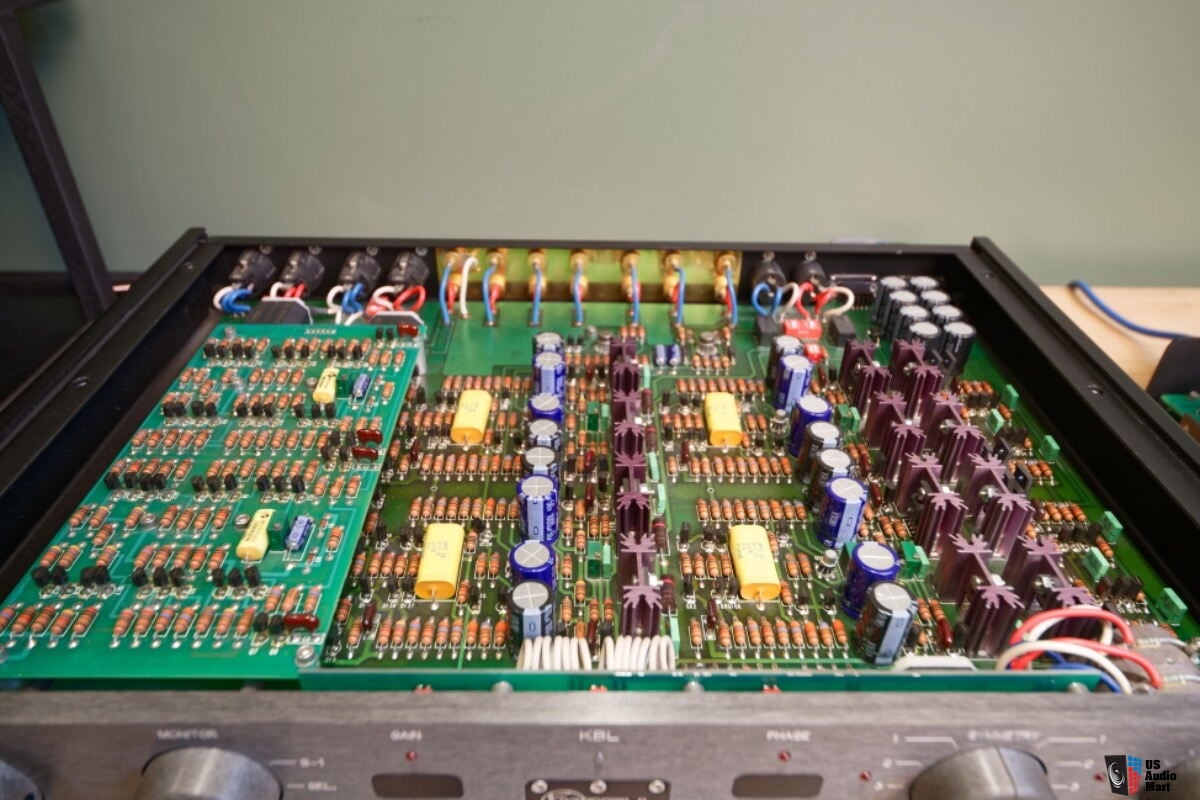Hi
I apologize in advance for a question that might seem a little confused (like i am)
Let me start by saying that I agree on the paramount importance of measurements in the sense that if a component measures well it cannot sound bad
Perhaps it can be conceded that something measuring so-so sounds pleasant
I'll get to the point. I'm a bit obsessed with line preamplifiers. I have read tests, downloaded diagrams, and listened to many units during years.
One thing I noticed is the extreme difference in the level of complexity of the circuitry.
I have seen circuits with only one active component per channel and others with 20 or more that perform the same function in practice.
I would like to understand in practice whether the so-called circuit minimalism is a valuable design approach and those who complicate it are wrong or minimalism has limits that cannot be overcome and complexity is, let's say, a necessary evil.
How much the following principle is valid ?

 en.wikipedia.org
en.wikipedia.org
I'm rather confused because often the simplest circuits, if done well, make a very favorable impression on listening.
Are those who complicate things that could be simple wrong ?
I apologize in advance for a question that might seem a little confused (like i am)
Let me start by saying that I agree on the paramount importance of measurements in the sense that if a component measures well it cannot sound bad
Perhaps it can be conceded that something measuring so-so sounds pleasant
I'll get to the point. I'm a bit obsessed with line preamplifiers. I have read tests, downloaded diagrams, and listened to many units during years.
One thing I noticed is the extreme difference in the level of complexity of the circuitry.
I have seen circuits with only one active component per channel and others with 20 or more that perform the same function in practice.
I would like to understand in practice whether the so-called circuit minimalism is a valuable design approach and those who complicate it are wrong or minimalism has limits that cannot be overcome and complexity is, let's say, a necessary evil.
How much the following principle is valid ?

KISS principle - Wikipedia
To be more specific and talking about measurable performance I wonder if very low distortion and noise, the peculiar qualities of good sound, can be achieved also with very simple circuits.the KISS principle states that most systems work best if they are kept simple rather than made complicated; therefore, simplicity should be a key goal in design, and unnecessary complexity should be avoided
I'm rather confused because often the simplest circuits, if done well, make a very favorable impression on listening.
Are those who complicate things that could be simple wrong ?
Last edited:

